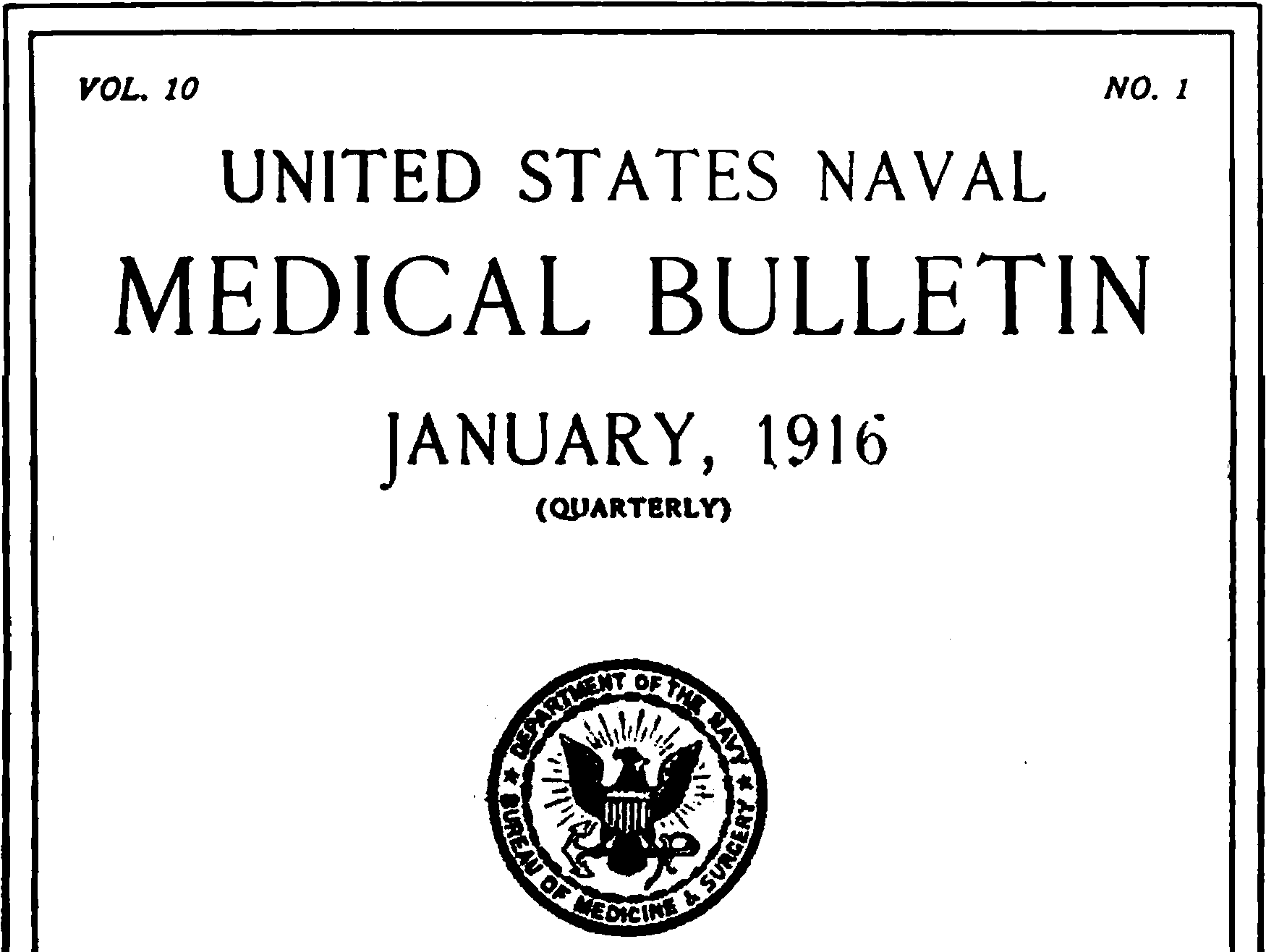Page 573.
No. 3.
EARLY HISTORY OF THE NAVAL HOSPITAL RESERVATION, WASHINGTON, D. C.1
By J. D. Gatewood, Medical Director , United States Navy.
It appears that the grounds of the Naval Hospital and the Naval Medical School represent a reservation found on L'Enfant's plan of the city of Washington, said reservation, as shown by note on that plan, having been set aside for occupation by buildings devoted to scientific and educational purposes. The reservation extended between Twenty-third Street and Twenty-fifth Street and E Street and the river. But, as the flats in the locality have been reclaimed, there is now interposed between the grounds and the river a part of Potomac Park, the boundary line being now occupied by a row of poplar trees set out a few years ago.
An act of Congress, August 31, 1842, authorized the erection of a naval observatory on any public grounds in the District of Columbia not otherwise appropriated. President Tyler assigned for the purpose this reservation, and the building then erected and now designated as the Naval Medical School was the Naval Observatory and was devoted to that purpose for approximately half a century. It was on January 20, 1894, that, a new naval observatory having been established, the building and grounds were transferred to the Bureau of Medicine and Surgery by order of the Secretary of the Navy, to be used by the Museum of Hygiene. In 1902 the Naval Medical School was established here in Washington, and the building has since that time been utilized as the school, certain alterations having been made to fit it for such purpose. Therefore it appears that the reservation set aside in L'Enfant's plan for educational and scientific purposes has been so used since its assignment by President Tyler in 1842. This is emphasized by the fact that 5 acres of the western part of the reservation were transferred to the Treasury Department by act of Congress approved March 3, 1901, to be used by the Marine Hospital Service for a laboratory. That part of the reservation is now occupied by the Hygienic Laboratory of the Public Health Service, where not only is a large amount of important scientific work performed, but also a class of medical officers of that service is instructed each year. The reservation consisted originally of about 21 acres. Therefore the 5 acres diverted for the benefit of the Public Health Service leave about 16 acres for the use of the Naval Medical School and of the Naval Hospital, which was constructed under appropriation contained in the act of March 3, 1903. The historic value of these grounds is considerably increased by the presence near the southern boundary of a rock known as Braddock Rock. It is so called because of the statement that Gen. Braddock landed on the rock in his expédition of 1755, undertaken for the capture of Fort Duquesne, in which expedition Washington was his aid-de-camp. The rock at that time was, of course, on the water front, but in reclaiming the flats in this locality grades have been extensively altered, and in that connection the hospital grounds near the southern boundary have been filled in and graded, leaving the rock well below the present surface. This situation necessitated the building of a rectangular well with brick walls, at the bottom of which the rock is now found. This rock is the key of keys for this locality, and consequently a very important mark in connection with surveying work in the District.
The history and location of Braddock Rock is of course well known to the various patriotic societies of the country and seems to have attracted the special attention of the Daughters of the American Revolution, who have a committee selected for the purpose of marking historic places associated with the colonial and Revolutionary periods. It seems not unlikely that the time is not distant when it will be advisable for the Navy to satisfy sentiment by suitable treatment of Braddock Rock, the present situation resulting from a simple attempt to prevent the rock from being covered and consequently lost to view.
In the treatment of that part of the grounds suggestion has been made that some kind of summerhouse might be erected over the rock, vines and flowers planted, and walks laid, the idea being to secure a result that would suggest a shrine, and which would be in opposition to an attempt which has been made to connect that part of the grounds with Potomac Park by road.
1From Annual Sanitary Report, Jan. 1 , 1916.
